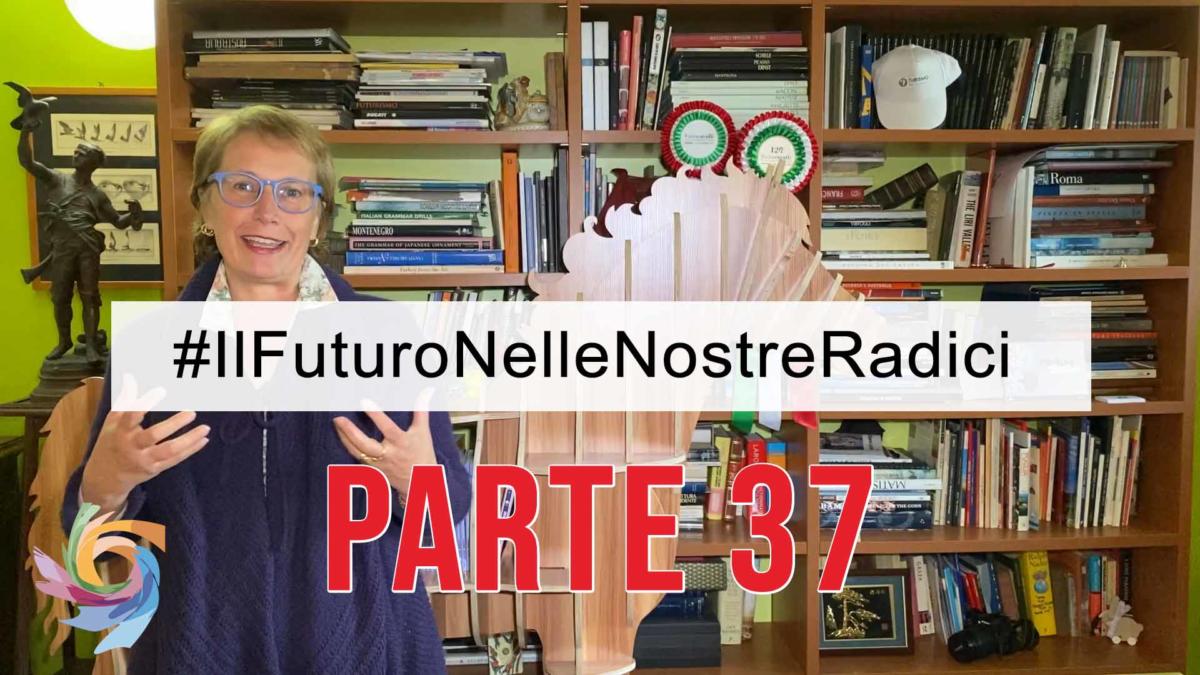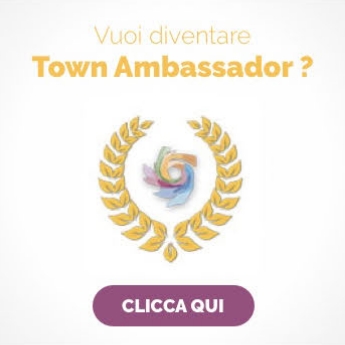

Segni is located on the Lepini mountains at over 650 meters above sea level in a strategic position from which it dominates the local valley of the Sacco river, namely access to Rome for those coming from the south. This position gave her a key role throughout the Roman period.
Read more
The foundation of 'Signia' goes back at least to the Volsci, a pre-Roman population, as witnessed by the acropolis and the incredible cyclopean walls dating back to the sixth century BC. Along the way of the walls are some of doors including the famous Porta Saracena, 1.40 meters wide and arch shaped with a monolithic lintel. Because of its shape it is twinned with the famous Lion Gate of Mycenae.
In 513 BC Tarquinius Superbus, one of the Seven Kings of Rome, sent in settlers to Segni and added an armed garrison to protect the access roads to the city of Rome. This is why some legends say that Segni was also founded by Tarquinius Superbus.
In the battle between the Tarquini and Latins for control, Segni was able to counter the Latins and in 493 the Segniniand the Latins entered into a peace treaty. Segni was an autonomous city-state until 340 BC when it was conquered by the Romans though they conceded the authority of City Hall. Subsequently, Segni had some independence but also obligations of alliance with Rome.
The strategic importance of Segni was such that it was allowed to mint coins with the inscription SEIC, which means wild boar, and to have its own militia. Segni was ruled by four magistrates, and was chosen as a place of confinement for prisoners during the Punic War against Hannibal of Carthage.
In 89 BC Segni became a City and had the right to bear the initials S.P.Q.S. (Senatus Populus Que Signinus).
During the Republican and Imperial period in Segni the forum, temples to the god Hercules, and the Bona Dea were built, and monuments were erected to various gods and the emperor Marcus Aurelius Antoninus (according to Caracalla). In the lower part of Segni, along the valley of the Sacco, many luxury villas were built.
With the end of the Roman Empire and the arrival of the Barbarians a period of economic and social recession began. In the late sixth century AD in Segni was born Pope Vitaliano, who reigned from 657 to 672. Pope Vitaliano has played a key role in the rapprochement between the Byzantine Empire and the Church of Constantinople, he sent missionaries to England and spread the Gregorian Chant.
Between the twelfth and thirteenth centuries, Segni was inserted in the Roman Duchy and in the "Heritage of St. Peter", and reached its pinnacle of fame and local autonomy. Segni became the summer residence of the Pope Eugene III and he built here a summer residence, in what is now the current Episcopal Seminary.
In Segni very important Popes such as Pasquale II, Eugenius III, Alexander III and Lucius III, have stayed. Lucius III has sanctified San Bruno, bishop of the city from 1079 to 1123, and today is the patron saint of Segni.
In 1353, Segni sought protection by relying on the feudal lord Giovanni Conti and in 1575 it passed to the family of Mario Sforza. In 1557, during the Campagna war, Segni was partially destroyed by a terrible fire.
In 1585 Pope Sixtus V promoted Segni to become a Duchy and the first Duke was Alessandro Conti Sforza. In 1639 the Duchy was auctioned and, after various vicissitudes, was redeemed by Livia Cesarini from whom originated the Sforza Cesarini family.
Segni suffered a devastating bombardment in March 1944 during the Second World War.























Follow us